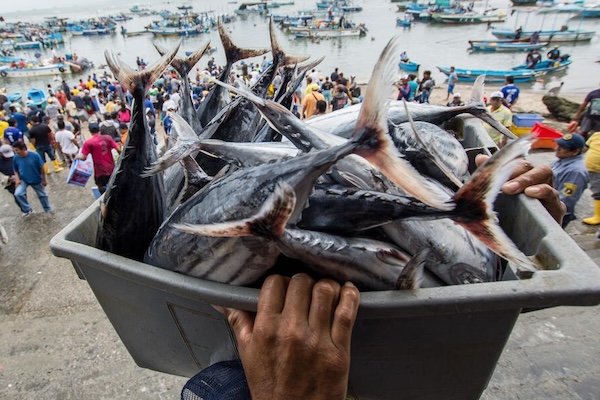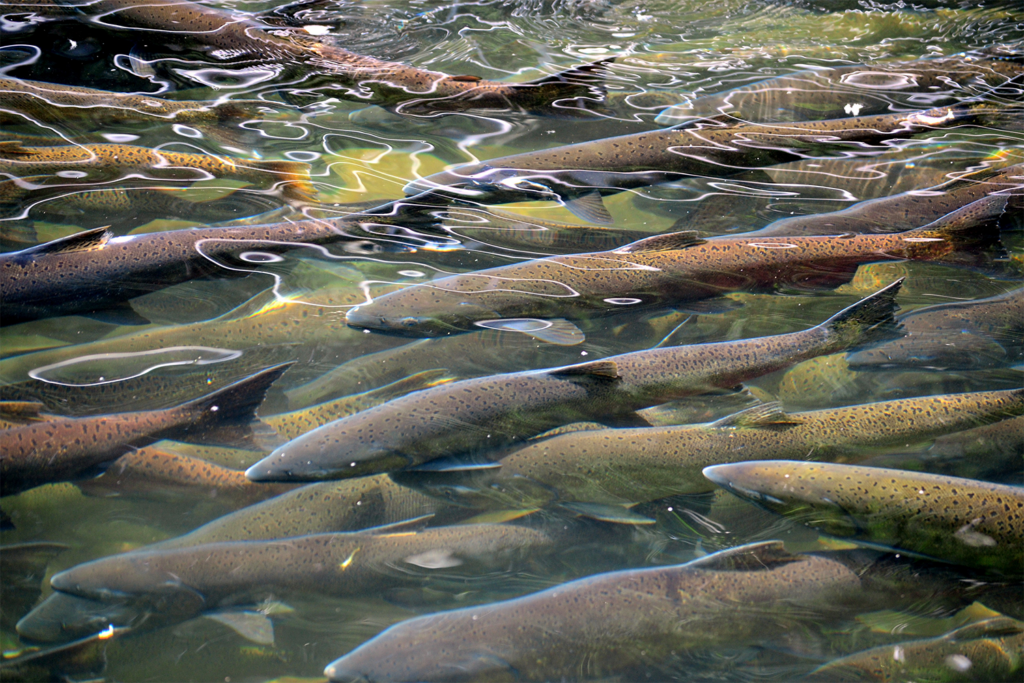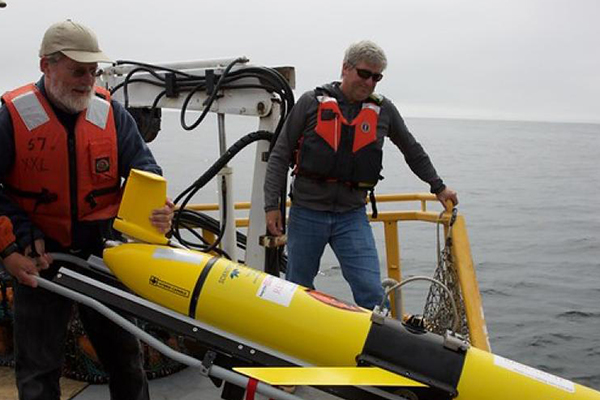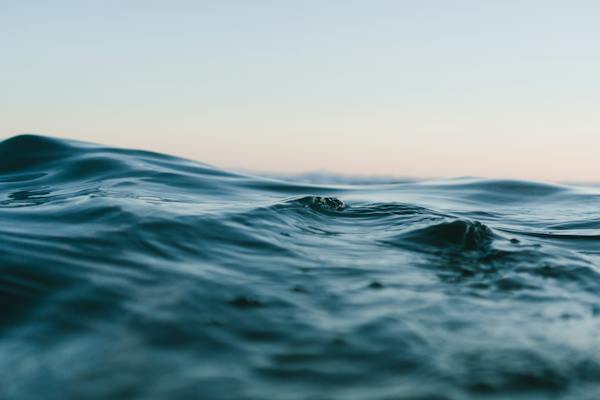A new study finds climate change will push key marine species northward, threatening Pacific Arctic fisheries

A new study has found that crucial marine fish and invertebrate species will likely shift northward under a warmer climate.
Climate change presents a major threat to the world’s fisheries, particularly in the Pacific Arctic. The eastern Bering Sea and Chukchi Sea – which contain eight of the most productive fisheries in the world – are already experiencing significant climatic shifts that have contributed to the surprise collapse of two important species, snow crab and Pacific cod.
To better understand the potential impact of climate change on fisheries in the region, a research team from Hokkaido University, The University of Tokyo and the National Institute of Polar Research used bioeconomic modeling to study how the abundance and distribution of eight commercially important marine fish and invertebrate species might change under a range of climate scenarios from 2021–2100.
“The movement of fish stocks or populations out of their traditional fishing grounds can be challenging for resource managers and stakeholders, exacerbating the risks of overexploitation and the race to fish,” said Irene D. Alabia, a climate change researcher at the Arctic Research Center at Hokkaido University in Japan.
The researchers’ model includes biological parameters, such as population growth rate and fishing mortality rate, and economic parameters, such as the costs and income associated with each species’ fishery. The team modeled four climate-based socioeconomic pathway scenarios: sustainable development, middle of the road, regional rivalry and fossil-fuelled development.
The analysis suggested that under low to moderate levels of climate change, well-managed marine ecosystems may experience only limited economic impacts between now and 2040. However, more extreme warming, including the loss of sea ice, would have more severe impacts.
All the climate scenarios pointed to a shift northward for all of the species studied due to the loss of sea ice habitat and warmer water temperatures in the eastern Bering Sea. The most significant shift in abundance was predicted for Greenland halibut, with the fishery’s center of gravity forecast to move by more than 80 kilometers (50 miles) per decade under the highest impact climate scenario. In contrast, the walleye pollock fishery was projected to shift around 30 kilometers (19 miles) per decade.
Even in the most extreme climate scenario, there were mixed outcomes: Pacific cod abundance was forecast to increase, while high-value snow crab was forecast to decrease.
“The magnitude of abundance changes varied across species, identifying potential winners and losers under climate change and hinting at the potential restructuring of future marine communities in the Pacific Arctic region,” Alabia said.
The researchers stressed the importance of climate-smart solutions to protect and preserve marine fisheries to support food security and ensure a sustainable fishery sector under climate change.
Now that you've reached the end of the article ...
… please consider supporting GSA’s mission to advance responsible seafood practices through education, advocacy and third-party assurances. The Advocate aims to document the evolution of responsible seafood practices and share the expansive knowledge of our vast network of contributors.
By becoming a Global Seafood Alliance member, you’re ensuring that all of the pre-competitive work we do through member benefits, resources and events can continue. Individual membership costs just $50 a year.
Not a GSA member? Join us.
Author
Tagged With
Related Posts

Responsibility
FAO: Climate change could reduce fish biomass 10 percent by mid-century
Global projections show fish biomass could drop more than 10 percent in many regions by mid-century if greenhouse gas emissions stay high.

Fisheries
Study: Ocean warming is driving wild Pacific salmon into Canadian Arctic
Ocean warming is increasing Pacific salmon in the Canadian Arctic, indicating that climate change is expanding their habitat.

Responsibility
Study: Hypoxia is widespread in the ocean and increasing off the U.S. Pacific coast
A study found that in 2021, more than 50 percent of the continental shelf experienced the low-oxygen condition known as hypoxia.

Responsibility
High ocean temperatures helped make 2023 the hottest year ever recorded
A new study found ocean temperatures were “off-the-chart” in 2023, causing more intense weather patterns and impacting marine life.



